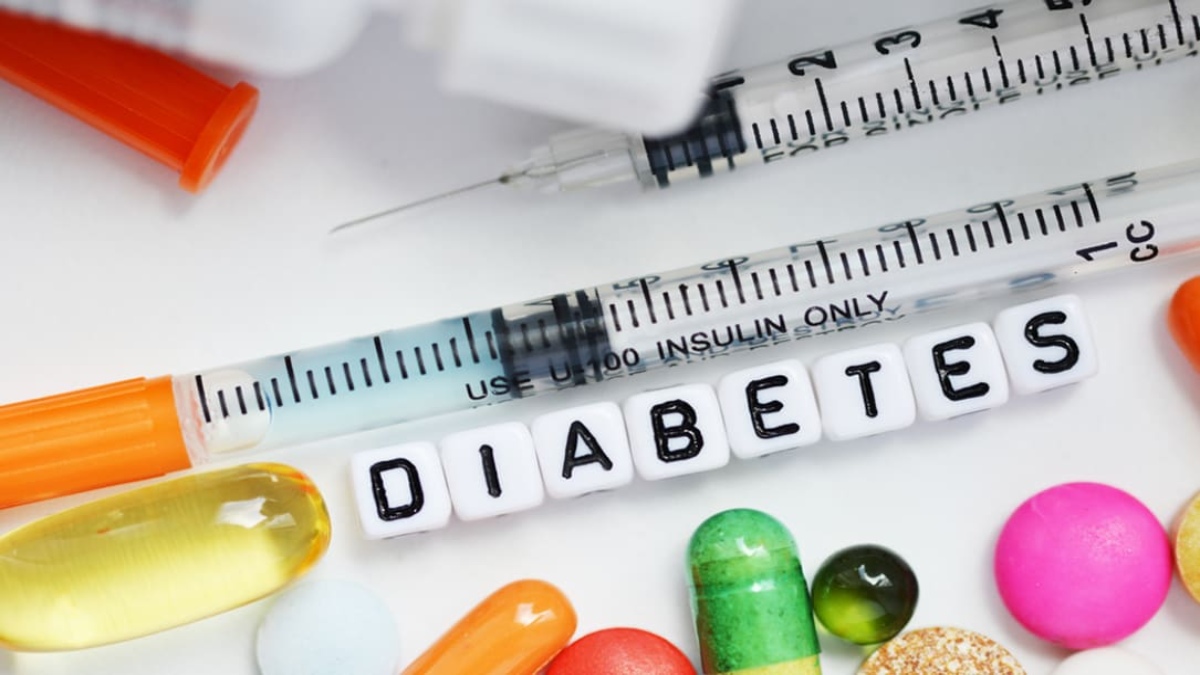


Non-communicable diseases are the most common cause of morbidity and mortality nowadays. Among non-communicable diseases, type 2 diabetes, hypertension, dyslipidemia, coronary artery disease, chronic lung disease, malignancy, and osteoporosis contribute to more than 50 per cent of overall mortality worldwide. Out of all non-communicable diseases, diabetes mellitus is considered to be one of the top three major health burdens in the world and one of the fastest growing global health emergencies of the 21st century. As of today, type 2 diabetes is a major feeder of non-communicable diseases like hypertension, coronary artery disease, and dyslipidemia. Diabetes not only predisposes to these non-communicable diseases but also makes it difficult to treat hypertension, dyslipidemia, and coronary artery disease that are associated with type 2 diabetes. In addition to this, type 2 diabetes is also the most common cause of blindness, lower limb amputation after a roadside accident (trauma), and chronic kidney disease or renal failure. Also, type 2 diabetes predisposes to stroke and certain malignancies like endometrial carcinoma, pancreatic carcinoma, and prostate carcinoma.
In a nutshell, type 2 diabetes has become a major cause of morbidity and mortality worldwide. The burden of type 2 diabetes is huge in Southeast Asia, including India. In the long run, the rising prevalence of type 2 diabetes can adversely affect India socially and economically. Socially, a greater number of people are affected by various diabetes-related complications and early mortality. India is known as a country of young people, but the onset of type 2 diabetes in India is nearly one decade earlier than in the western population. All these factors further increase the burden of diabetes in India. Diabetes-related complications (retinopathy, diabetic foot, amputation, etc.) make individuals with diabetes less productive by reducing their work hours as well as efficiency, require more expenditure on medications, and often require manpower support that will further decrease the work hours of attendants who take care of individuals suffering from type 2 diabetes or various diabetes-related complications.
Why is the prevalence of diabetes increasing?An increase in the prevalence of type 2 diabetes mellitus is multifactorial. The first and most important is that, because of the increased awareness about diabetes among the general population, a greater number of people are screened and diagnosed with diabetes. It also happens because the facility for screening is widely available. The best example is gestational diabetes mellitus (diabetes diagnosed during pregnancy). Now all pregnant women who are attending hospital for their antenatal care are undergoing screening for diabetes. Gestational diabetes mellitus is documented in nearly one-third of total pregnancies. The second factor is changing lifestyles with regard to changing dietary patterns like eating processed, stored, high-calorie foods in higher amounts.
In addition, the latest trend of eating late-night dinners further adds fuel to the fire. The third factor is increasingly sedentary habits. Overall, physical activity of people has reduced due to mechanization of various activities that were done manually earlier, like using washing machines for washing clothes, using motor vehicles even for short distances, using elevators instead of stairs and ramps. Indeed, these are a few examples, and we can see many more in our day-to-day life. The fourth factor might be increasing stress in our lives due to the increasing competitiveness in the world to achieve more and more. Indians are genetically predisposed to diabetes, and now environmental factors (as mentioned above) are further favoring the development of type 2 diabetes. Two important factors are abnormal dietary habits and a sedentary lifestyle leading to weight gain. Weight gain is not only a risk factor for diabetes but for other non-communicable diseases like hypertension, dyslipidemia, and chronic kidney disease. Indeed, obesity is the mother of all non-communicable diseases. Diabetes, hypertension, and dyslipidemia are siblings.
How to reduce the prevalence of diabetes?The prevalence of type 2 diabetes can be reduced by a multipronged approach. The lowest hanging fruit is pre-diabetes. It prevents pre-diabetes from converting into diabetes by reducing 10-15% of the existing body weight and subsequently achieving the ideal body weight. Ideal body weight can be achieved by dietary modifications and by increasing physical activity. Additionally, yogic exercises and relaxation techniques can be helpful to reduce stress, and that can be helpful. At the national level (school and college level), we can have some curricula to increase awareness about non-communicable diseases, including diabetes.
How to reverse diabetesIs it possible to reverse type 2 diabetes once it has set in? Currently, a lot of research is being conducted regarding the reversal of type 2 diabetes. One of the easiest ways is to reduce body weight to achieve the ideal body weight in obese and overweight type 2 diabetic individuals. This body weight reduction is possible through non-pharmacological, pharmacological, and bariatric surgery. Amongst non-pharmacological measures, diet and exercise (physical activity) are the mainstays of therapies. Indeed, exercise can also be considered medicine. Among pharmacological measures, a few oral and injectable drugs have been tried with some success.
The future with regard to reversal of diabetes is bright, but we should target primary prevention rather than working on preventing the conversion of pre-diabetes to diabetes and reversal of diabetes.
The author is a professor and head of the Department of Endocrinology at PGIMER, Chandigarh.
Diabetes-related complications make individuals with diabetes less productive by reducing their work hours as well as efficiency, leading to more expenditure on medications, and often require manpower support that will further decrease the work hours of attendants as well as those who take care of individuals suffering from type 2 diabetes or various diabetes-related complications.